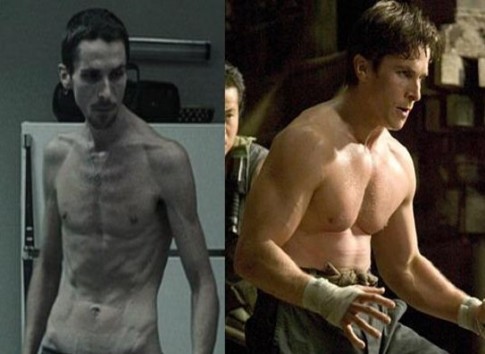I have been meaning to write about this topic for a while, and now I have Nancy Pelosi and Donald Trump to thank for spurring me to doing so. In case you missed it (or you’ve forgotten because the news moves so quickly), last week Pelosi said that she wished Trump would refrain from taking hydroxychloroquine as a prophylactic against COVID-19, which he had been doing for more than a week. Pelosi’s comments revolved around the lack of scientific evidence of the drug’s efficacy, and that fact that it appears to be harmful. Her apparent concern was followed by some not very subtle backhanded comments, adding that Trump was at heightened risk for drug complications due to: “his age group and in his, shall we say, weight group – morbidly obese, they say. So, I think it’s not a good idea.”
Weight is a sensitive topic. Pelosi’s comments were seen by some as justified comeuppance, since Trump has an expansive history of insulting people, but they were more widely panned as fat-shaming. Still others, such as CNN Political reporter Chris Cillizza, wondered whether Trump really was in fact “morbidly obese” by looking at CDC guidelines on the body mass index (BMI).
There are certainly more important things going on in the world right now than worrying about weight or BMI. Still, there is some evidence that people in higher-income countries under lockdown are gaining weight – the so-called “quarantine 15” – while people in lower-income countries are at higher risk for famine. As someone who has used BMI in research, I’d like to focus on its uses and some of its shortcomings, as well as the potential stigmatizing effects of labeling people by BMI categories.
BMI is used by an array of health professionals – physicians, nutritionists, epidemiologists, humanitarian aid workers – as a screening tool for people who might be under- or over-weight, as a warning for potential health problems. One of the reasons BMI is so widely used is its simplicity. All you need are two measurements: height (in meters) and weight (in kilograms), which are then plugged into the formula kg/ m2. And, unlike other more direct ways of assessing body composition, such as skinfolds, dual-energy x-ray absorptiometry, or underwater weighing, BMI can be ascertained with just a scale and a stadiometer. This makes BMI a cheap method that requires minimal training. This also makes BMI a portable, field-friendly method for researchers (including biological anthropologists) working with people who live in a range of environments.
Categorizing People by BMI
A higher BMI is suggestive of higher body fat, which is a risk factor for various morbidities including type 2 diabetes and cardiovascular diseases. For that reason, health organizations such as the CDC use rough categories to ascertain who might be at risk for elevated body fat (or adiposity). In adults, “absolute” cutoffs for categorizing adults are recommended:
- Underweight – below 18.5 kg/m2
- Normal or healthy – 18.5 to 24.9 kg/m2
- Overweight – 25.0 to 29.9 kg/m2
- Obese – 30 kg/m2 or higher
- Class 1 Obesity – 30 to 34.9 kg/m2
- Class 2 Obesity – 35 to 39.9 kg/m2
- Class 3 Obesity – 40 kg/m2
If you know your height and weight, there are simple ways of finding your BMI if you don’t have a calculator handy, such as this site. Or, you may have seen a chart like this before.



